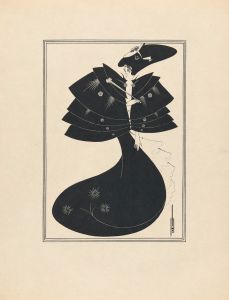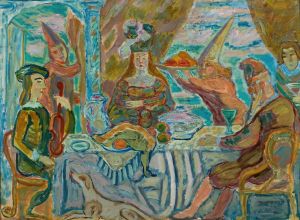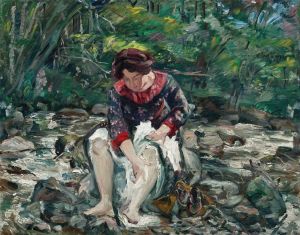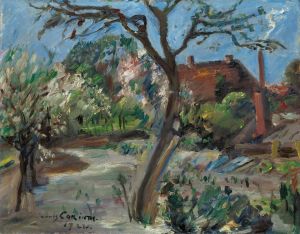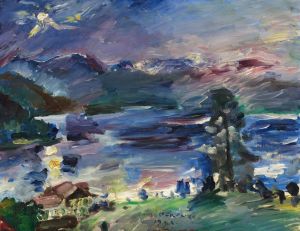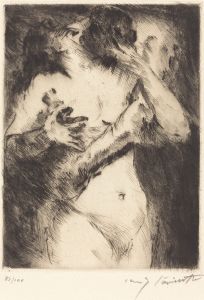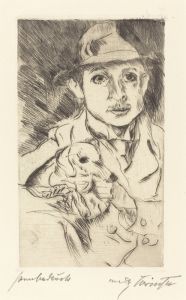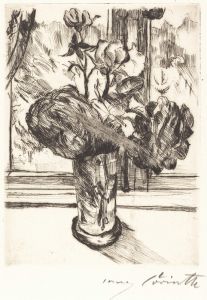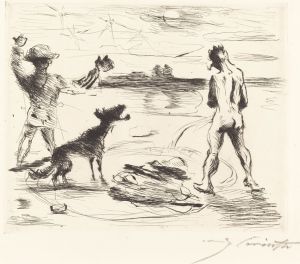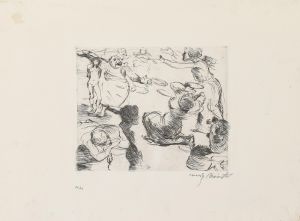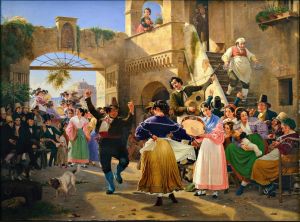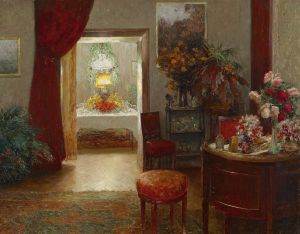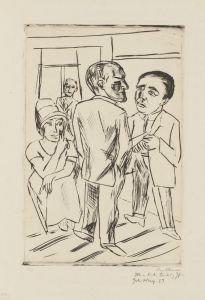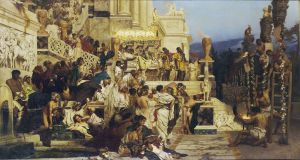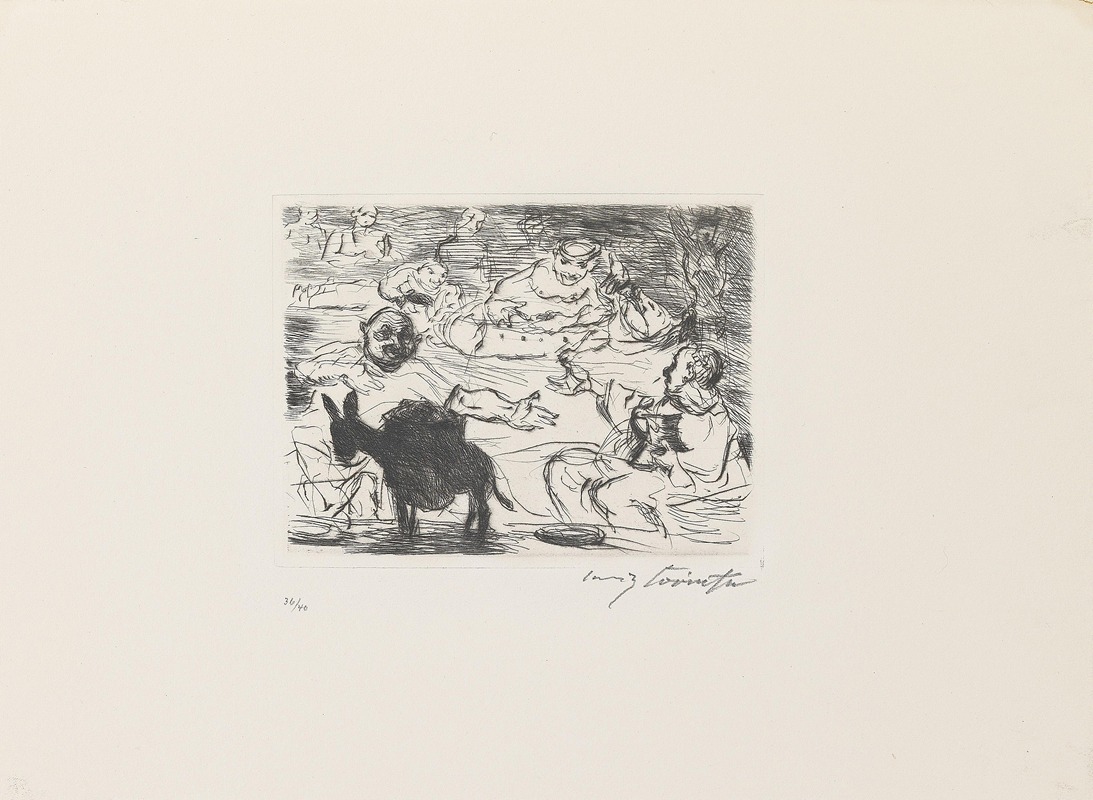
Gastmahl des Trimalchio 09
A hand-painted replica of Lovis Corinth’s masterpiece Gastmahl des Trimalchio 09, meticulously crafted by professional artists to capture the true essence of the original. Each piece is created with museum-quality canvas and rare mineral pigments, carefully painted by experienced artists with delicate brushstrokes and rich, layered colors to perfectly recreate the texture of the original artwork. Unlike machine-printed reproductions, this hand-painted version brings the painting to life, infused with the artist’s emotions and skill in every stroke. Whether for personal collection or home decoration, it instantly elevates the artistic atmosphere of any space.
Lovis Corinth was a prominent German painter and printmaker whose work bridged the transition from Impressionism to Expressionism in the late 19th and early 20th centuries. One of his notable works is "Gastmahl des Trimalchio 09," which is part of a series of paintings inspired by the "Satyricon," a Latin work of fiction attributed to Petronius, a courtier during the reign of the Roman emperor Nero. The "Satyricon" is a satirical novel that provides a vivid depiction of Roman society, and one of its most famous sections is the "Cena Trimalchionis" or "The Banquet of Trimalchio."
Corinth's "Gastmahl des Trimalchio 09" is one of several pieces he created that depict scenes from this extravagant banquet. The series captures the opulence and decadence of Trimalchio's feast, a lavish event hosted by a wealthy freedman who is eager to display his riches and social status. Corinth's interpretation of this scene is characterized by his dynamic brushwork and vibrant use of color, which convey the chaotic and indulgent atmosphere of the banquet.
Lovis Corinth was known for his ability to blend realism with expressive elements, and this is evident in his "Gastmahl des Trimalchio" series. His work often features a rich palette and a vigorous application of paint, which together create a sense of movement and energy. In "Gastmahl des Trimalchio 09," Corinth captures the essence of the feast with a focus on the figures and their interactions, highlighting the excess and theatricality of the event.
The painting reflects Corinth's interest in exploring themes of human behavior and social dynamics, which are central to the "Satyricon." Through his depiction of Trimalchio's banquet, Corinth not only illustrates a scene from ancient literature but also comments on the universal themes of wealth, power, and the human desire for recognition and status. His work invites viewers to consider the parallels between the Roman society of Petronius's time and the modern world.
Lovis Corinth's career was marked by a transition from the more restrained style of Impressionism to the bold, emotive approach of Expressionism. This evolution is evident in his "Gastmahl des Trimalchio" series, where he employs a more liberated and expressive technique. Corinth's ability to convey emotion and narrative through his art made him a significant figure in the development of modern art in Germany.
Throughout his life, Corinth faced various personal and professional challenges, including a stroke in 1911 that temporarily affected his ability to paint. However, he continued to create art with renewed vigor and adapted his style to accommodate his physical limitations. His later works, including the "Gastmahl des Trimalchio" series, are celebrated for their emotional depth and technical innovation.
In summary, "Gastmahl des Trimalchio 09" by Lovis Corinth is a vibrant and dynamic painting that captures the opulence and excess of a Roman banquet as described in the "Satyricon." Through his expressive style and keen observation of human behavior, Corinth offers a timeless commentary on themes of wealth, power, and social ambition. His work remains an important contribution to the history of modern art, reflecting both the cultural context of his time and the enduring relevance of classical literature.





